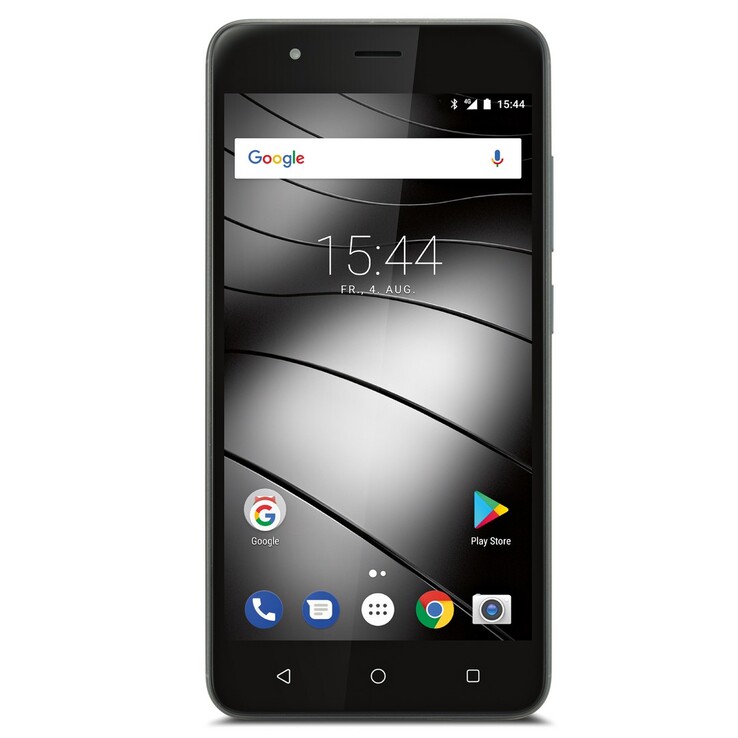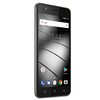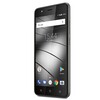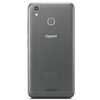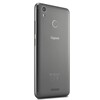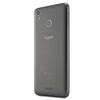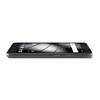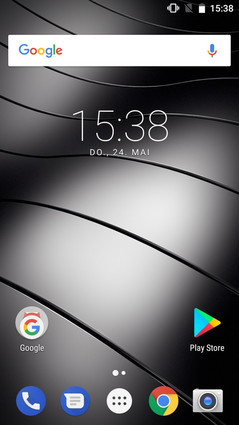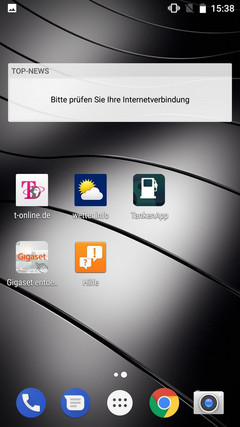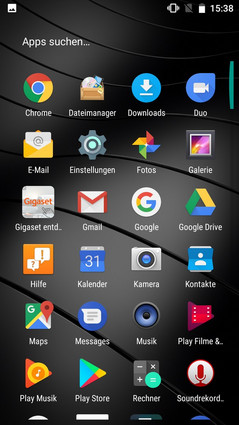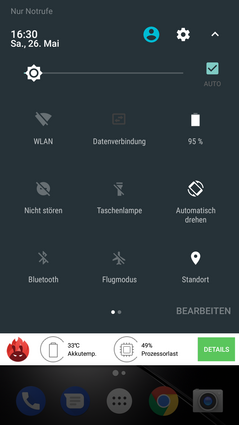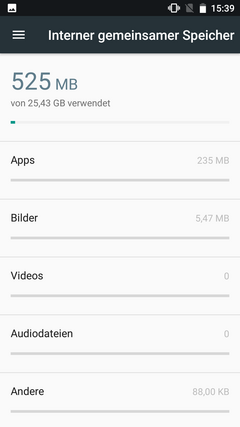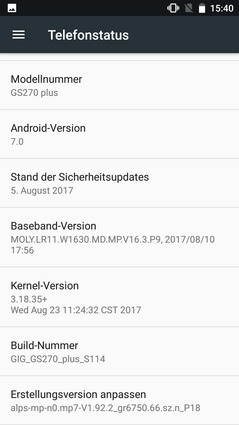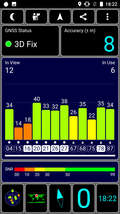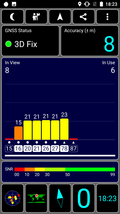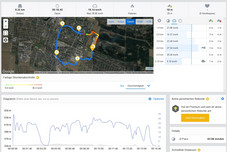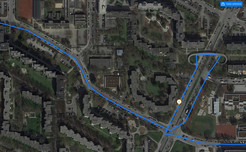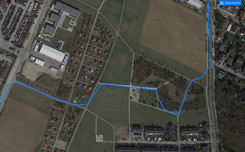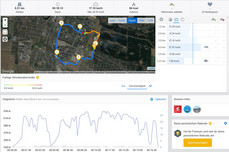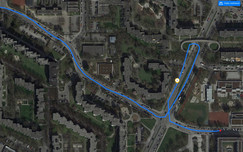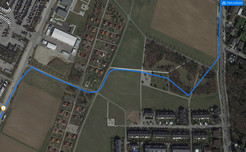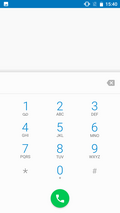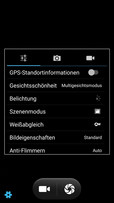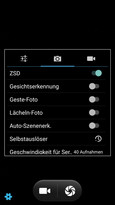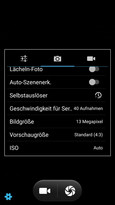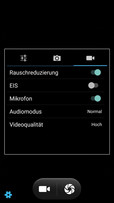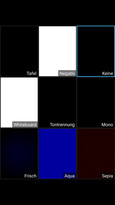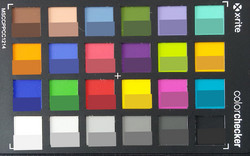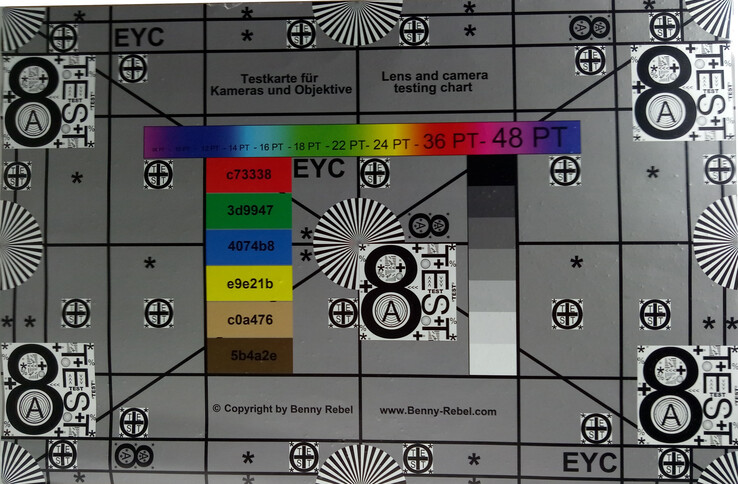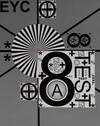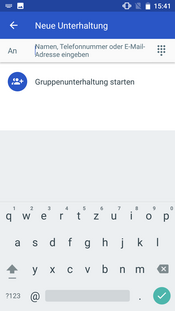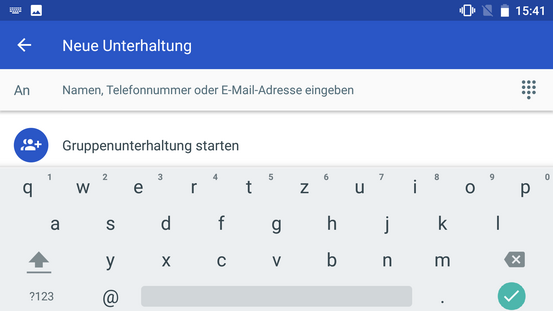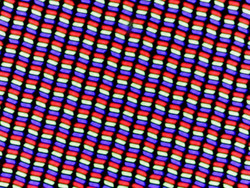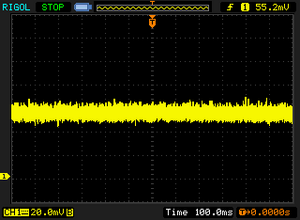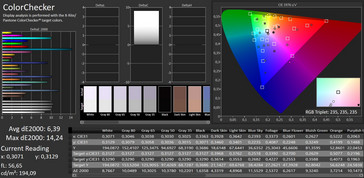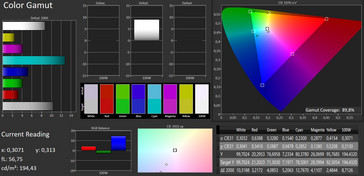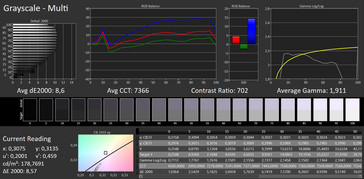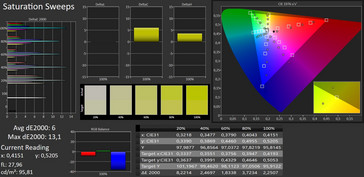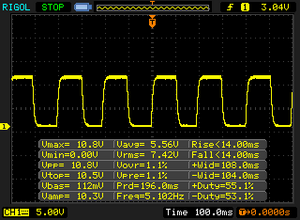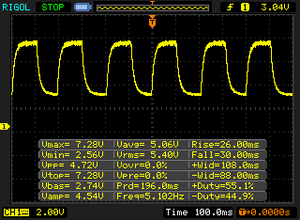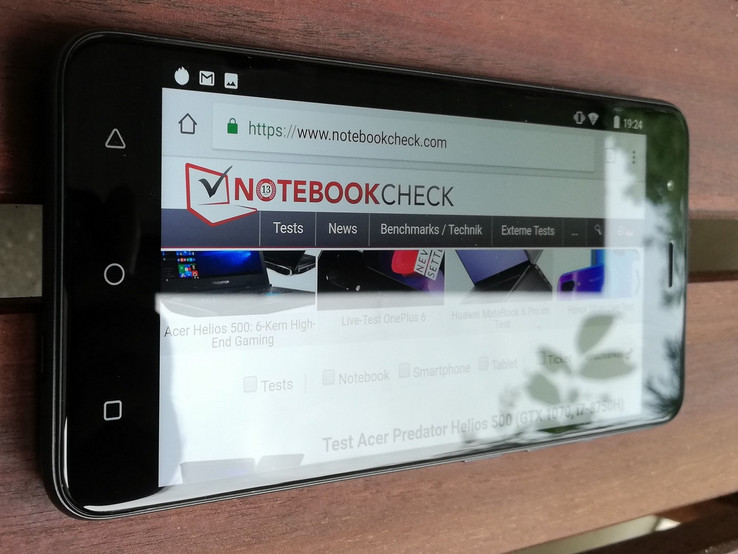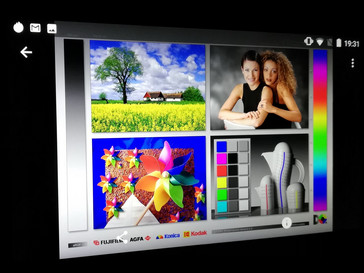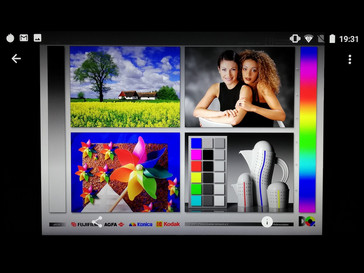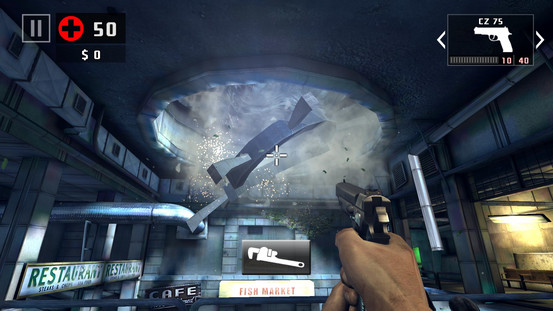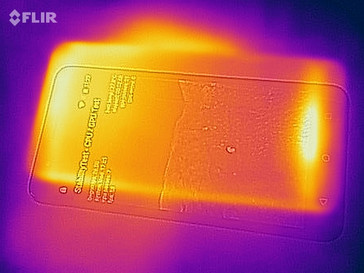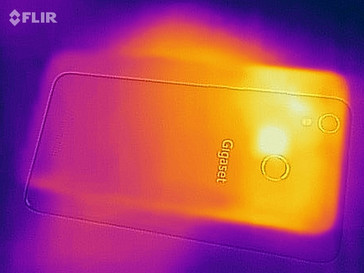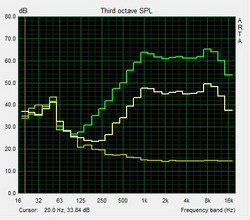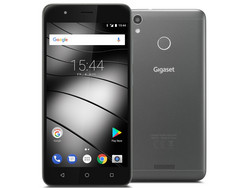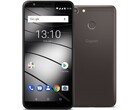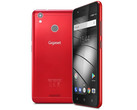Gigaset GS270 Plus Smartphone Review
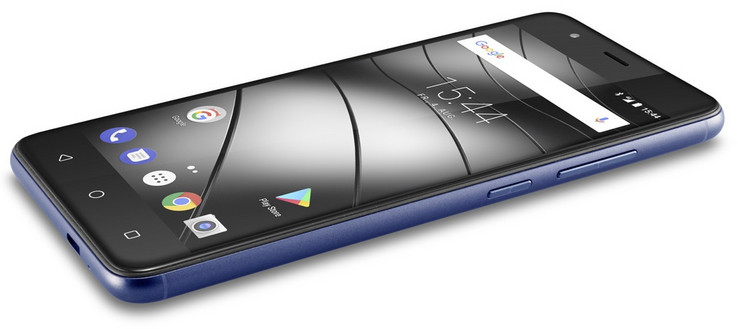
Gigaset currently offers several affordable smartphones with different feature sets. The GS170 and GS270 cost less than 200 Euros (~$233) and are suitable for those who just want the basics. The GS370 Plus is slightly more powerful and priced accordingly at around 300 Euros (~$349). The Gigaset GS270 Plus slots between these price brackets at 250 Euros (~$291).
The GS270 Plus is practically identical to the GS270, the only differences being RAM and internal storage related. The GS270 Plus is equipped with 3 GB RAM and 32 GB eMMC flash memory compared to the 2 GB RAM and 16 GB internal storage found in the GS270. The rest of the connectivity corresponds with the GS270 Plus being a budget smartphone. The 5,000 mAh battery is one of the things for which the Gigaset GS270 series stands out.
We will be comparing the GS270 Plus against the TP-Link Neffos N1, the LG X power 2 and the Nokia 6 (2018). We will also be using the GS270 and the GS370 Plus against which to compare the GS270 Plus to highlight what differences there are between the Gigaset handsets.
Case
The GS270 Plus is available in blue and black. The back of the device is made of plastic and houses the main camera and the fingerprint sensor. The power button and volume rocker sit firmly in their mounts and feel very stable. These are on the right-hand side of the device, with the SIM-card tray located on the top left-hand side.
The GS270 Plus is well crafted with no uneven gaps or rough edges between materials.
There is also an LED indicator on the front of the device for notifications and charging status.
Connectivity
The G270 Plus is powered by a MediaTek MT6750, while graphics are handled by an ARM Mali-T860 MP2. These are complemented by 3 GB RAM and 32 GB of internal storage. There is a 3.5 mm jack for connecting wired headphones or external speakers at the top of the device and a Micro USB 2.0 port on the bottom.
It is worth noting that the micro USB port is at a slight angle, so the cable looks unnatural when plugged in. This unusual angle should have no impact on daily use if somebody doesn’t try to bend the cable straight. We encountered no such similar behavior with the 3.5 mm jack.
The GS270 Plus has a fingerprint scanner on the back of the device, one which is positioned higher than on many other devices.
The GS270 Plus has dual-SIM functionality and supports up to 128 GB microSD cards. You can only use the dual-SIM functionality at the expense of using a microSD card though. You will need to use only a single SIM if you plan to use a microSD card.
Software
The GS270 Plus ships with Android Nougat 7.0. Our device had Android security patch level October 5, 2017 installed at the time of testing. The software experience is practically stock Android save for a few preinstalled apps. We have included some of these in the second screenshot below. These include apps for a phone carrier, weather, fuel and help among others. The additional preinstalled apps can be uninstalled without issue.
Communication & GPS
The GS270 Plus supports GSM, UMTS and LTE over many bands. GSM is supported across 850, 900, 1800 and 1900 MHz while the device supports UMTS bands 900 and 2100 MHz. LTE works across 800, 900, 1800, 2100 and 2600 MHz. Our test device had good network reception where there was coverage throughout our tests. Additionally, the GS270 Plus supports Bluetooth 4.0. There is IEEE 802.11 a/b/g/n 2.4 GHz and 5 GHz Wi-Fi support. Our test device performed poorly in our Wi-Fi tests. It achieved 60.2 Mbit/s receive and 61.8 Mbit/s transmit in iperf3 Client. This is around 80% slower than the GS270 despite having the same internal hardware. The GS270 Plus performed equally poorly compared with our comparison devices too, finishing second bottom ahead of the LG X power 2.
| Networking | |
| iperf3 transmit AX12 | |
| Nokia 6 2018 | |
| Gigaset GS270 | |
| Gigaset GS370 Plus | |
| TP-Link Neffos N1 | |
| Gigaset GS270 Plus | |
| LG X power2 | |
| iperf3 receive AX12 | |
| Nokia 6 2018 | |
| Gigaset GS270 | |
| Gigaset GS370 Plus | |
| TP-Link Neffos N1 | |
| Gigaset GS270 Plus | |
| LG X power2 | |
The GS270 Plus supports A-GPS, GPS and GLONASS, but it performed poorly in our tests. Our test device managed to locate us to an accuracy of eight meters indoors, something which did not improve when outdoors.
The lack of GPS accuracy bore out in our practical GPS test, during which we took the GS270 Plus out on a bike ride with a Garmin Edge 520 and compared their data. The GS270 Plus is accurate over straight stretches but struggles to accurately track us when cornering and in narrow built-up areas. Our test device could not place us on the correct side of the street either. Overall, the GS270 Plus is over 97% accurate to the Garmin Edge 520 in terms of total distance covered. There is just a 0.12 km difference between the two devices in just over 5 km.
Telephone Function & Call Quality
The GS270 Plus uses the Google Phone app, which offers standard functionality for a phone app and has no obvious weaknesses. Call partners are easy to understand but the GS270 Plus has low call volume. This makes it difficult to make calls in loud environments, a drawback for which the speakerphone cannot help to overcome as the speaker is relatively quiet. The best option is to use the included headphones. We would recommend using better ones if you need good call quality as the bundled ones sound poor when making calls outside.
Cameras
The GS270 Plus has a 13 MP main camera and a 5 MP front-facing camera. The main camera has an f/2.2 aperture, autofocus and an LED flash that sits below the camera. By contrast, the front-facing camera has a fixed focus. Both cameras produce mediocre photos but for different reasons.
The fixed focus lets the front-facing camera down as it is easy for objects to be slightly out of focus and end up looking blurry in photos.
Photos shot with the main camera lack detail, especially in auto mode. Areas of brightness and darkness are poorly defined while photos generally look slightly overexposed. There are settings for various filters, white balance and exposures. These do not noticeably improve camera quality though. Video-recordings have the same drawbacks as photos. Fortunately, image noise and movement-related camera shake are kept to a minimum.
We then tested the GS270 Plus under controlled lighting conditions to see how it reproduces colors and details. Our test device overexposed all colors except black with ColorChecker Passport, with blacks coming out too dark.
The GS270 Plus captures most of our test chart in detail but struggles with the edges of fine lines and outlines.
Accessories & Warranty
The GS270 Plus comes with a USB charger, a Micro USB cable, a set of headphones and a silicone case. Gigaset also sells a matching booklet case on their online shop.
The GS270 Plus has 24 months warranty. Please see our Guarantees, Return policies and Warranties FAQ for country-specific information.
Input Devices & Operation
The GS270 Plus uses Google Gboard as its default keyboard. The keyboard works well and is easy to type on regardless of orientation. The display has five-point multitouch, which indicates that the touchscreen is of a lower quality as most modern smartphones support 10-point multitouch instead. This isn’t noticeable in daily use though as the touchscreen worked well at registering inputs correctly.
Display
The GS270 Plus has a 5.2-inch IPS scratch and dirt-resistant display with a 1920x1080 resolution. Images look sharp and bright thanks to the display’s 476.2 cd/m² average maximum brightness. Only the TP-Link Neffos N1 has a brighter display out of our comparison devices.
| |||||||||||||||||||||||||
Brightness Distribution: 89 %
Center on Battery: 478 cd/m²
Contrast: 1391:1 (Black: 0.35 cd/m²)
ΔE ColorChecker Calman: 6.39 | ∀{0.5-29.43 Ø4.77}
ΔE Greyscale Calman: 8.6 | ∀{0.09-98 Ø5}
89.8% sRGB (Calman 2D)
Gamma: 1.91
CCT: 7366 K
| Gigaset GS270 Plus IPS, 1920x1080, 5.2" | TP-Link Neffos N1 IPS, 1920x1080, 5.5" | LG X power2 IPS, 1280x720, 5.5" | Nokia 6 2018 IPS, 1920x1080, 5.5" | Gigaset GS370 Plus IPS, 1440x720, 5.7" | Gigaset GS270 IPS, 1920x1080, 5.2" | |
|---|---|---|---|---|---|---|
| Screen | 18% | 6% | -14% | -21% | 2% | |
| Brightness middle (cd/m²) | 487 | 580 19% | 237 -51% | 417 -14% | 472 -3% | 427 -12% |
| Brightness (cd/m²) | 476 | 560 18% | 237 -50% | 421 -12% | 468 -2% | 418 -12% |
| Brightness Distribution (%) | 89 | 94 6% | 92 3% | 88 -1% | 92 3% | 93 4% |
| Black Level * (cd/m²) | 0.35 | 0.3 14% | 0.13 63% | 0.61 -74% | 0.73 -109% | 0.27 23% |
| Contrast (:1) | 1391 | 1933 39% | 1823 31% | 684 -51% | 647 -53% | 1581 14% |
| Colorchecker dE 2000 * | 6.39 | 5.6 12% | 5.5 14% | 6.1 5% | 6.8 -6% | 6.4 -0% |
| Colorchecker dE 2000 max. * | 14.24 | 11.2 21% | 12.7 11% | 11.2 21% | 14.5 -2% | 14.24 -0% |
| Greyscale dE 2000 * | 8.6 | 7.4 14% | 6.1 29% | 7.1 17% | 8.2 5% | 8.6 -0% |
| Gamma | 1.91 115% | 2.22 99% | 2.07 106% | 2.16 102% | 2.13 103% | 1.9 116% |
| CCT | 7366 88% | 8584 76% | 7943 82% | 8362 78% | 7924 82% | 7366 88% |
* ... smaller is better
Screen Flickering / PWM (Pulse-Width Modulation)
| Screen flickering / PWM not detected | |||
In comparison: 53 % of all tested devices do not use PWM to dim the display. If PWM was detected, an average of 8091 (minimum: 5 - maximum: 343500) Hz was measured. | |||
Our test device has a competitive contrast ratio and black value of 1,391:1 and 0.35 cd/m², respectively. This puts the GS270 Plus in the middle of our comparison devices, the best of which have up to a 39% better contrast ratio and a 63% lower black value. Overall, the GS270 Plus has a decent display for its price.
Display Response Times
| ↔ Response Time Black to White | ||
|---|---|---|
| 28 ms ... rise ↗ and fall ↘ combined | ↗ ms rise | |
| ↘ ms fall | ||
| The screen shows relatively slow response rates in our tests and may be too slow for gamers. In comparison, all tested devices range from 0.1 (minimum) to 240 (maximum) ms. » 70 % of all devices are better. This means that the measured response time is worse than the average of all tested devices (20.2 ms). | ||
| ↔ Response Time 50% Grey to 80% Grey | ||
| 56 ms ... rise ↗ and fall ↘ combined | ↗ ms rise | |
| ↘ ms fall | ||
| The screen shows slow response rates in our tests and will be unsatisfactory for gamers. In comparison, all tested devices range from 0.165 (minimum) to 636 (maximum) ms. » 92 % of all devices are better. This means that the measured response time is worse than the average of all tested devices (31.6 ms). | ||
Performance
The GS270 Plus has the same MediaTek MT6750 SoC as the GS270 but is equipped with 3 GB RAM and 32 GB of internal storage. By contrast, the GS270 has 2 GB RAM and 16 GB of storage.
Benchmark results are only marginally improved for the extra 1 GB RAM with the GS270 Plus scoring a maximum of less than 5% more than its sibling. The GS270 matched and even bettered its Plus sibling in some benchmarks. In short, the 50-Euro surcharge (~$58) makes no difference in performance benchmarks.
| AnTuTu v6 - Total Score (sort by value) | |
| Gigaset GS270 Plus | |
| TP-Link Neffos N1 | |
| LG X power2 | |
| Nokia 6 2018 | |
| Gigaset GS370 Plus | |
| Gigaset GS270 | |
| Average Mediatek MT6750 (38547 - 44842, n=17) | |
| AnTuTu v7 - Total Score (sort by value) | |
| Gigaset GS270 Plus | |
| TP-Link Neffos N1 | |
| Nokia 6 2018 | |
| Gigaset GS370 Plus | |
| Gigaset GS270 | |
| Average Mediatek MT6750 (52278 - 56639, n=10) | |
| PCMark for Android | |
| Work performance score (sort by value) | |
| Gigaset GS270 Plus | |
| TP-Link Neffos N1 | |
| LG X power2 | |
| Nokia 6 2018 | |
| Gigaset GS370 Plus | |
| Gigaset GS270 | |
| Average Mediatek MT6750 (3667 - 4532, n=13) | |
| Work 2.0 performance score (sort by value) | |
| Gigaset GS270 Plus | |
| TP-Link Neffos N1 | |
| LG X power2 | |
| Nokia 6 2018 | |
| Gigaset GS370 Plus | |
| Gigaset GS270 | |
| Average Mediatek MT6750 (2782 - 3394, n=17) | |
Browser benchmarks tell a similar story. The GS270 Plus sits in the middle among our comparison devices and hardly differentiates itself from the GS270. Everyday web-browsing is smooth with the only drawback being media content, which our test device takes a little longer to load than we would like.
| JetStream 1.1 - Total Score | |
| TP-Link Neffos N1 (Chrome 62) | |
| Nokia 6 2018 (Browser: Chrome 65) | |
| Gigaset GS370 Plus (Chrome 63) | |
| Gigaset GS270 Plus (Chrome 66) | |
| Gigaset GS270 | |
| Average Mediatek MT6750 (12 - 20.8, n=19) | |
| LG X power2 (Chrome 59) | |
| Octane V2 - Total Score | |
| Average of class Smartphone (2228 - 121337, n=195, last 2 years) | |
| Nokia 6 2018 (Browser: Chrome 65) | |
| TP-Link Neffos N1 (Chrome 62) | |
| Gigaset GS370 Plus (Chrome 63) | |
| Gigaset GS270 Plus (Chrome 66) | |
| Gigaset GS270 | |
| Average Mediatek MT6750 (1994 - 3506, n=19) | |
| LG X power2 (Chrome 59) | |
| Mozilla Kraken 1.1 - Total | |
| Average Mediatek MT6750 (11708 - 22627, n=19) | |
| Gigaset GS270 | |
| LG X power2 (Chrome 59) | |
| Gigaset GS270 Plus (Chrome 66) | |
| Gigaset GS370 Plus (Chrome 63) | |
| Nokia 6 2018 (Browser: Chrome 65) | |
| TP-Link Neffos N1 (Chrome 62) | |
| Average of class Smartphone (257 - 28190, n=154, last 2 years) | |
* ... smaller is better
Internal memory performance is what you may expect from a device at this price point. Read and write speeds are okay and adequate for daily use but are not spectacularly fast. The GS270 Plus has 25 GB of free space out of the box, which can be expanded by up to a 128 GB SD card. The GS270 Plus can format and mount an SD card as internal storage thereby allowing apps to be stored on the card rather than on the internal storage. SD card performance is ok too and is on par with other 32 GB eMMC devices. The GS270 Plus fails to impress against our comparison devices though and has 8% slower SD card transfer speeds than the GS270.
| Gigaset GS270 Plus | TP-Link Neffos N1 | LG X power2 | Nokia 6 2018 | Gigaset GS370 Plus | Gigaset GS270 | Average 32 GB eMMC Flash | Average of class Smartphone | |
|---|---|---|---|---|---|---|---|---|
| AndroBench 3-5 | 87% | -15% | 20% | 40% | -8% | 21% | 1695% | |
| Sequential Read 256KB (MB/s) | 269.1 | 262.1 -3% | 243.8 -9% | 272.6 1% | 284.9 6% | 269 0% | 242 ? -10% | 2243 ? 734% |
| Sequential Write 256KB (MB/s) | 72.8 | 184.6 154% | 41.7 -43% | 118.3 63% | 182.4 151% | 44.86 -38% | 100.5 ? 38% | 1865 ? 2462% |
| Random Read 4KB (MB/s) | 35.3 | 57.4 63% | 25.3 -28% | 38.78 10% | 48.4 37% | 34.64 -2% | 43.1 ? 22% | 296 ? 739% |
| Random Write 4KB (MB/s) | 11.51 | 45.48 295% | 10.7 -7% | 15.3 33% | 17.1 49% | 10.95 -5% | 22.3 ? 94% | 339 ? 2845% |
| Sequential Read 256KB SDCard (MB/s) | 80.8 | 75.9 ? -6% | 76.6 ? -5% | 83.4 ? 3% | 76.5 ? -5% | 75.8 -6% | 71.8 ? -11% | |
| Sequential Write 256KB SDCard (MB/s) | 55.5 | 67.4 ? 21% | 58.1 ? 5% | 61.3 ? 10% | 56.1 ? 1% | 58.9 6% | 52.9 ? -5% |
Games
The GS270 struggles to play complex 3D games with noticeably long load times when we attempted to do so. The ARM Mali-T860 MP2 GPU can easily play older and more casual games though. Games like Dead Trigger 2 and Temple Run 2 ran without issue. We only play sequels.
The touchscreen and positional sensor worked well throughout our tests.
Emissions
Temperature
Our test device stays comparatively cool under load, only reaching a maximum of 33.7 °C on the front of the device and 33.9 °C on the rear. We measured the average surface temperature for both sides at 31.9 °C. However, the GS270 Plus is not much cooler at idle and averages 30.3 °C on the front and 29.3 °C on the rear. The maximum idle temperatures are not much higher at 31.6 °C and 29.8 °C, respectively. These idle temperatures are relatively hot, but not in absolute terms.
(+) The maximum temperature on the upper side is 33.7 °C / 93 F, compared to the average of 35.2 °C / 95 F, ranging from 21.9 to 247 °C for the class Smartphone.
(+) The bottom heats up to a maximum of 33.9 °C / 93 F, compared to the average of 34 °C / 93 F
(+) In idle usage, the average temperature for the upper side is 30.3 °C / 87 F, compared to the device average of 32.9 °C / 91 F.
Speakers
The speaker is at the bottom of the rear of the device above an antenna band. The speaker could be easily obscured with a hand, so it is rather poorly located. The speaker is relatively quiet too, with the maximum volume measuring in at under 75 dB(A). Sound quality is lacking and while speech is reasonably clear, music sounds rough and scratchy. The included headphones are louder than the speaker but have equally poor sound quality. Overall, we would recommend using external speakers or headphones for a better listening experience; just not the included ones.
Gigaset GS270 Plus audio analysis
(±) | speaker loudness is average but good (73.7 dB)
Bass 100 - 315 Hz
(-) | nearly no bass - on average 25.9% lower than median
(+) | bass is linear (6.3% delta to prev. frequency)
Mids 400 - 2000 Hz
(+) | balanced mids - only 4.6% away from median
(±) | linearity of mids is average (7% delta to prev. frequency)
Highs 2 - 16 kHz
(+) | balanced highs - only 3.1% away from median
(+) | highs are linear (2.3% delta to prev. frequency)
Overall 100 - 16.000 Hz
(±) | linearity of overall sound is average (28% difference to median)
Compared to same class
» 72% of all tested devices in this class were better, 5% similar, 23% worse
» The best had a delta of 11%, average was 35%, worst was 134%
Compared to all devices tested
» 85% of all tested devices were better, 3% similar, 13% worse
» The best had a delta of 4%, average was 24%, worst was 134%
Nokia 6 2018 audio analysis
(+) | speakers can play relatively loud (87.2 dB)
Bass 100 - 315 Hz
(-) | nearly no bass - on average 29.6% lower than median
(±) | linearity of bass is average (7.2% delta to prev. frequency)
Mids 400 - 2000 Hz
(+) | balanced mids - only 4.4% away from median
(±) | linearity of mids is average (7% delta to prev. frequency)
Highs 2 - 16 kHz
(±) | higher highs - on average 6.9% higher than median
(+) | highs are linear (3.2% delta to prev. frequency)
Overall 100 - 16.000 Hz
(±) | linearity of overall sound is average (23.2% difference to median)
Compared to same class
» 52% of all tested devices in this class were better, 7% similar, 41% worse
» The best had a delta of 11%, average was 35%, worst was 134%
Compared to all devices tested
» 69% of all tested devices were better, 5% similar, 26% worse
» The best had a delta of 4%, average was 24%, worst was 134%
Battery Life
Power Consumption
The GS270 Plus has decent power consumption that is mostly on par with our comparison devices. We measured an average draw of 3.6 W under load, which maxed out at 4.5 W. The only area of criticism is the minimum consumption at idle. This is much higher than our comparison devices, including the GS270. It is on par with the average minimum power consumption for other MediaTek MT6750 devices though.
| Off / Standby | |
| Idle | |
| Load |
|
Key:
min: | |
| Gigaset GS270 Plus 5000 mAh | TP-Link Neffos N1 3260 mAh | LG X power2 4500 mAh | Nokia 6 2018 3000 mAh | Gigaset GS370 Plus 3000 mAh | Gigaset GS270 5000 mAh | Average Mediatek MT6750 | Average of class Smartphone | |
|---|---|---|---|---|---|---|---|---|
| Power Consumption | 15% | -12% | 11% | 3% | -2% | -29% | -40% | |
| Idle Minimum * (Watt) | 1.1 | 0.69 37% | 0.63 43% | 0.67 39% | 0.77 30% | 0.8 27% | 1.13 ? -3% | 0.845 ? 23% |
| Idle Average * (Watt) | 1.6 | 1.64 -3% | 1.42 11% | 1.76 -10% | 1.58 1% | 1.6 -0% | 2.02 ? -26% | 1.44 ? 10% |
| Idle Maximum * (Watt) | 1.9 | 1.67 12% | 1.47 23% | 1.78 6% | 1.73 9% | 2 -5% | 2.42 ? -27% | 1.625 ? 14% |
| Load Average * (Watt) | 3.6 | 2.59 28% | 5.89 -64% | 2.82 22% | 3.59 -0% | 3.7 -3% | 5.21 ? -45% | 7.01 ? -95% |
| Load Maximum * (Watt) | 4.5 | 4.36 3% | 7.85 -74% | 4.56 -1% | 5.69 -26% | 5.7 -27% | 6.56 ? -46% | 11.3 ? -151% |
* ... smaller is better
Battery Life
The GS270 Plus has a 5,000 mAh battery, which is significantly larger than all our comparison devices except for the GS270. We tested battery runtimes with our practical Wi-Fi test. We run a script that simulates the load required to render websites.
The GS270 Plus lasted 12 h 30 m in this test, which is considerably shorter than the LG X power 2 and the Nokia 6 (2018). While the Nokia 6 (2018) is powered by the more economical Qualcomm Snapdragon 630 SoC, the LG X power 2 is equipped with the same MediaTek MT6750 SoC. This indicates that the GS270 Plus is relatively energy inefficient, despite our power consumption tests showing otherwise.
Overall, the GS270 Plus has decent battery life that will get you through the working day, but it should last longer considering its huge battery.
| Gigaset GS270 Plus 5000 mAh | TP-Link Neffos N1 3260 mAh | LG X power2 4500 mAh | Nokia 6 2018 3000 mAh | Gigaset GS370 Plus 3000 mAh | Gigaset GS270 5000 mAh | |
|---|---|---|---|---|---|---|
| Battery runtime | ||||||
| WiFi v1.3 (h) | 12.5 | 12.9 3% | 16.4 31% | 15.7 26% | 8.1 -35% | 12.3 -2% |
Pros
Cons
Verdict
The Gigaset GS270 Plus is a decent device that fails to stand out from our comparison devices. The device is solid, albeit unspectacular. It does enough to justify its 250-Euro price (~$291) thanks to its solid workmanship, decent display and good battery life. It performed well in our benchmarks but could do more with its battery capacity and camera array.
The Gigaset GS270 Plus is a solid device that should satisfy potential buyers who have low demands from their smartphone. However, there is no clear added value between the GS270 Plus and its non-Plus sibling.
The biggest competition to the GS270 Plus is other Gigaset devices. The GS270 costs 50 Euros (~$58) less than the GS270 Plus and offers practically the same performance and features, just minus 1 GB of RAM and 16 GB of internal storage. Likewise, the GS370 Plus is 50 Euros (~$50) more than the GS270 Plus and offers 64 GB storage, 4 GB RAM, a larger display, dedicated dual-SIM and microSD card slots and a better front-facing camera. Overall, the Gigaset GS270 Plus will struggle to compete against its Gigaset counterparts.
Gigaset GS270 Plus
- 05/27/2018 v6 (old)
Mike Wobker




